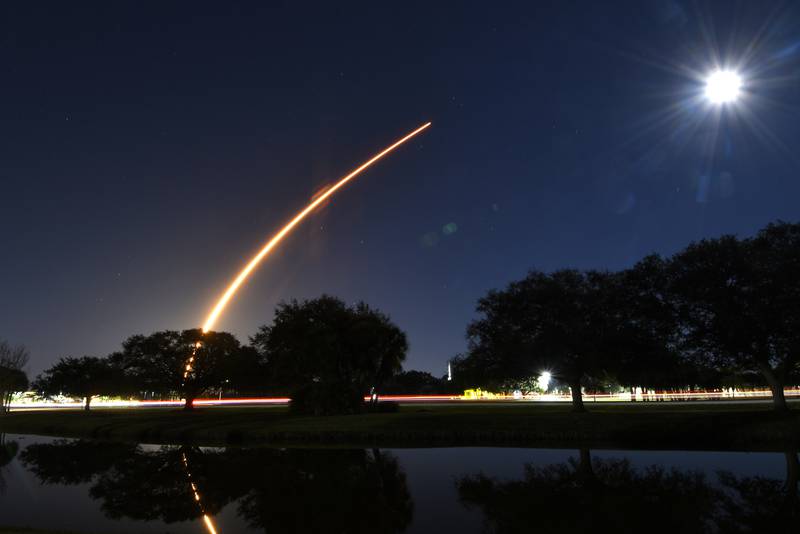UNCONTROLLED SPACEX ROCKET TO CRASH INTO THE MOON IN MARCH

“On February 7 and 8, it will come back around for another close flyby over Earth’s night side. I expect it will get some more observations then, which will let me compute an improved orbit.
“After that, it’ll again be too close to the sun to observe from Earth. It will go out in a considerably higher loop, well past the moon, and then come in to hit the far side of the moon on March 4.”
The rocket, which had launched a Nasa space weather mission, was too high in space when it ran out of batteries and fuel, making it impossible for it to escape the Earth-Moon system’s gravity.
However, astronomers said it is not an immediate safety issue for people on Earth, more a traffic problem in space.
“We know lots of junk from lunar missions has ended up hitting the Moon, for example upper stages from lunar missions and junk left in lunar orbit,” he said on his website.
“There are about 30 to 50 lost deep space objects like this that have been missing for years – 50 years in some cases – that haven’t been picked up by asteroid searches, and probably some of them hit the moon without us noticing.
“This is not ‘SpaceX did something bad’ – it’s perfectly standard practice to abandon stuff in deep orbit – this is ‘none of the space agencies care about leaving stuff out beyond the Moon’.”
Mr McDowell said it is time for the world to get more serious about regulating and cataloguing deep space activity.
“Traffic in deep space is increasing, and it’s not just the USA and the USSR sending stuff to deep space, it’s many countries and even commercial companies like SpaceX,” he said.
Rockets that are launching spacecraft in Earth’s orbit usually save enough fuel to be brought back towards Earth and burn up in the atmosphere.




